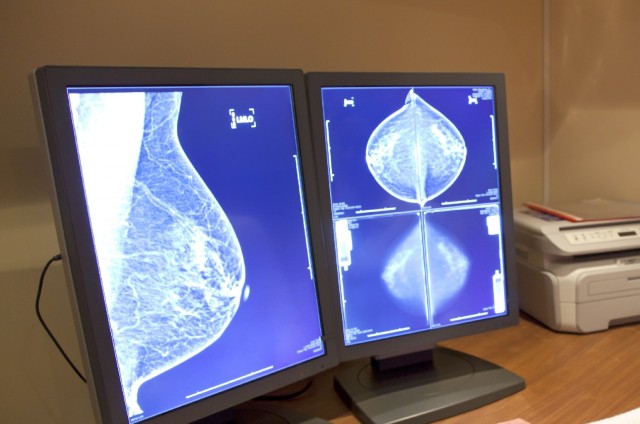By Nancy Shute, NPR
Two months ago, a widely publicized Canadian study found that mammograms did not reduce breast cancer deaths, but that study was fiercely criticized by the nation's radiologists as "incredibly flawed and misleading."
A few weeks earlier, an analysis found that screening all women annually starting at age 40, as the American Cancer Society recommends, costs $6.5 billion more a year more than following the U.S. Preventive Service's Task Force recommendation that women be screened every other year starting at age 50.
Now, the latest entries — two studies that try to put all the previous research on mammography's harms and benefits in perspective.
First, researchers at Harvard took a broad look at all the research on mammograms since 1960 — more than 50 years of study. They also looked at evidence on the harms of false positives and overdiagnoses, in which a woman is treated for a cancer that would never have proved deadly. And they reviewed whether current efforts to try to personalize a woman's cancer risk helped a woman figure out whether it was worth her while to get a mammogram.
